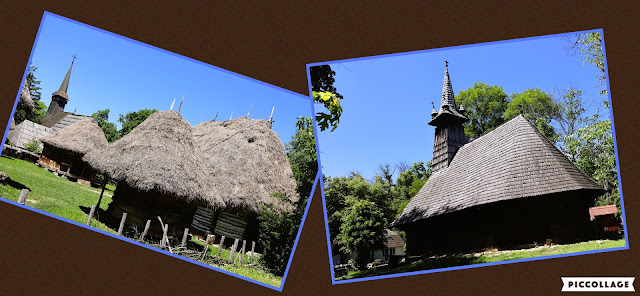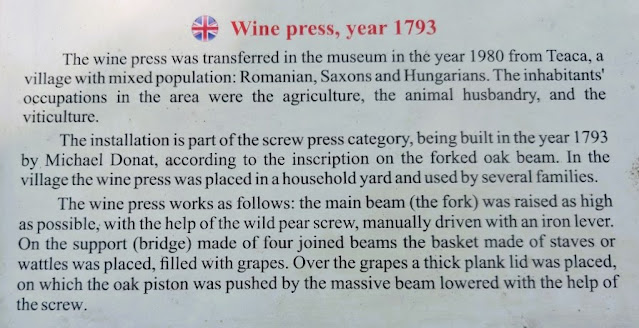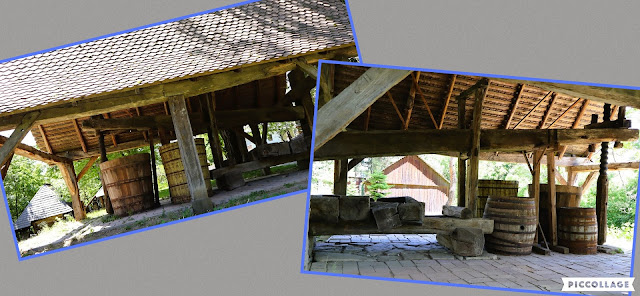This wonderful place is an open-air, ethnographic museum that recreates the atmosphere of traditional villages from the various regions of Romania. It is situated on the shores of Lake Herastrau.
Our initial plan was to go north to see some of the rural villages, famous for their craftsmen, such as the carving of wooden gates. Unfortunately, it became too difficult to make this happen. We needed a guide as few people there speak English, and transportation was tricky. So in the end, through this museum, we could see what it was like to live not only there, but in all parts of old Romania.
The village was founded in 1936 by Dimitri Gusti, with many experts working together at the planning stage. From 1940 to 1948, the City of Bucharest urgently needed housing for some refugees, so they were placed in the Village. After eight years, much damage was done by the families leading an active life. Then, in the period leading up to the 1989 Revolution, the Village was threatened from another direction, in that funding dried up for acquisitions, research and restoration. A third threat was pressure to relocate the Village outside of Bucharest.
Eventually, all the issues were solved, and today there are 50,000 artifacts and 33 housing complexes on site. It is amazing how everything is placed so it looks like it's been there forever. All of the buildings were taken apart meticulously from their original site and carefully put back together with arrival at the village. Some of the tradesmen who built the original home went to the site to help put the house back together again, exactly as it had been. And some of the families who had owned the homes even came for a couple of months to live there and ensure that all was correct.
Some properties have fences around them, others are marked by outbuildings, many have flower beds, and some have vegetable gardens. Outside of each complex is an information board describing what region of the country the home came from, who owned the home and pictures of what the home looked like inside.
While many of the properties look somewhat bland on the outside, pictures show that inside there were bursts of colour with needlework, quilting and other arts and crafts.
Some of the displays are barns with equipment used in farming, or presses and barrels used in oil and wine making or equipment made to grind wheat or to make felted wool. There are several windmills on site. They are noticeably small, and we read that these were often built by individual families on the property for their own power.
There is a lovely restaurant on site that serves traditional Romanian food at reasonable prices, and a gift shop that has Romanian arts and crafts for sale.
This was a wonderful place, and we spent an entire day wandering through it and reading the posted information.
The village is divided up by eras in which the homes, shops, etc, were built and in use. That is far too much for me to organize, so instead I have put like things together in collages, such as gates, windmills, etc.
The small conical buildings you will see on some properties were showing how the people would make a shelter off in the hills when it was time to go with their sheep.
The fencing must have taken a very long time to weave.
Some families pressed seeds for their oil, while others pressed grapes for another kind of lubrication!!
In the collage below, wool was placed in the basket, in water for fifteen hours and rotated as part of the process of making felted wool. I think the wheel on the right was also part of the process, but am not sure.






























No comments:
Post a Comment